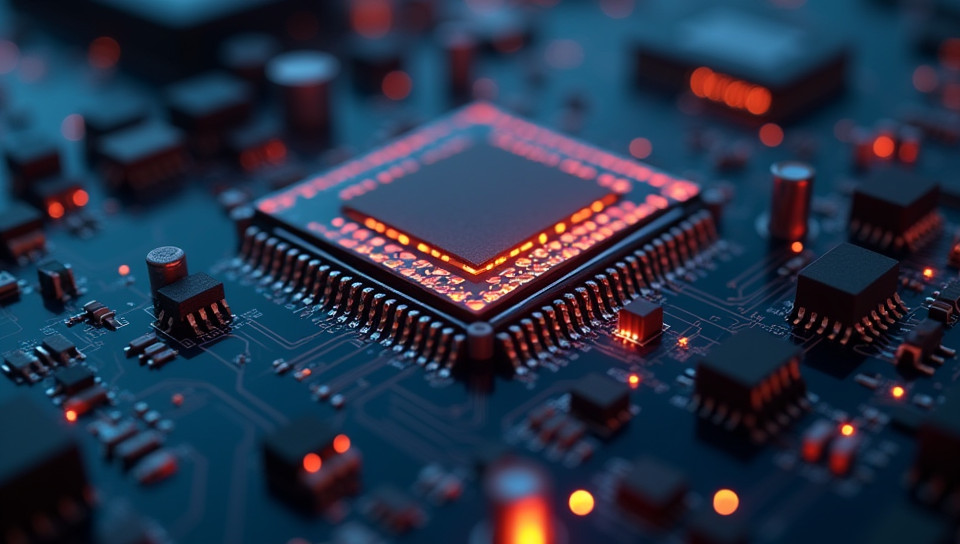Lack of precise temperature control can damage electronics 92%

The Hidden Dangers of Temperature Fluctuations: Why Precise Control is Crucial for Electronics
In today's technology-driven world, electronics play a vital role in our daily lives. From smartphones to laptops, servers to medical devices, electronics are everywhere. However, behind the scenes, there's a critical factor that can make or break these devices: temperature control. A lack of precise temperature control can have devastating consequences for electronic components, leading to damage, malfunction, and even catastrophic failures.
The Risks of Temperature Fluctuations
Temperature fluctuations can cause a range of problems for electronics, from minor issues like slowed performance to major failures that render the device useless. Here are some potential risks:
- Overheating: High temperatures can cause electronic components to overheat, leading to degradation and eventual failure.
- Thermal Shock: Sudden changes in temperature can cause stress on components, leading to cracking or shattering of brittle materials like ceramics or glass.
- Moisture Ingress: Temperature fluctuations can create condensation inside the device, allowing moisture to seep into sensitive electronics and cause corrosion or short circuits.
The Consequences of Inadequate Temperature Control
The consequences of inadequate temperature control can be severe. For instance:
- Data Loss: When electronic components fail due to temperature-related issues, valuable data can be lost forever.
- Equipment Downtime: Repairing or replacing failed equipment can result in significant downtime and productivity losses.
- Safety Risks: In some cases, temperature-controlled electronics are used in safety-critical applications like medical devices. Failure of these devices can have serious consequences for human life.
Mitigating the Risks
So, what can be done to mitigate the risks associated with temperature fluctuations? Here are a few strategies:
- Design for thermal management: Engineers should design electronic systems with thermal management in mind, incorporating features like heat sinks, fans, and thermal interfaces.
- Implement temperature monitoring: Real-time temperature monitoring can help identify potential issues before they become critical.
- Use high-quality components: Selecting components that are resistant to temperature fluctuations can reduce the risk of failure.
Conclusion
In conclusion, precise temperature control is essential for maintaining the integrity and reliability of electronic devices. By understanding the risks associated with temperature fluctuations and implementing effective mitigation strategies, we can minimize the likelihood of damage or failure. Whether you're a designer, engineer, or user, it's essential to prioritize temperature control as a critical aspect of electronics design and maintenance.
- Created by: Jakub Mazur
- Created at: Aug. 15, 2024, 11:25 p.m.
- ID: 7330




